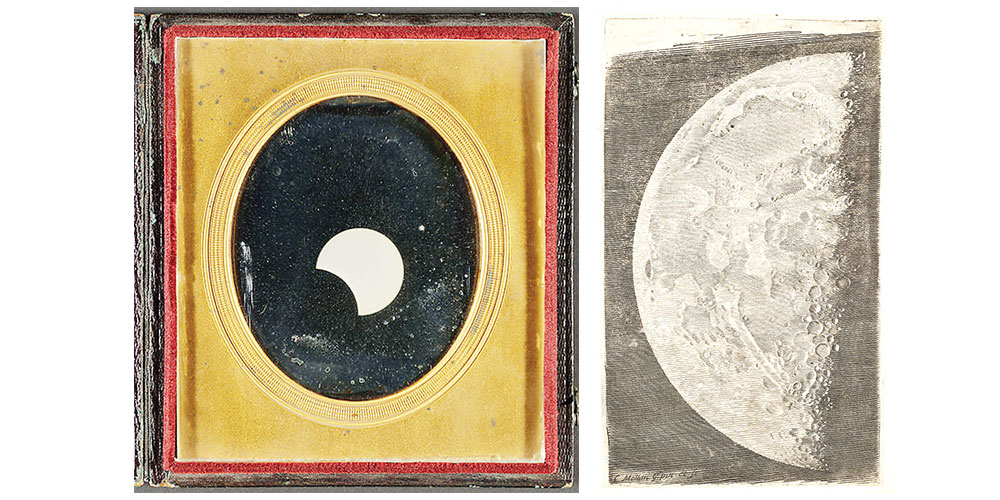ZULFIQAR ALI ZULFI’S HUES OF DUSK
- 29 Oct - 04 Nov, 2022
A new exhibition, “Apollo’s Muse: The Moon in the Age of Photography,” at the Metropolitan Museum of Art, is a journey through an uncommon history, the history of representations of the moon across four centuries. This outsize and beautifully installed revelation of persistent astronomical searches is a trailblazing marriage of science and art – 300 images and objects (a telescope, a photograph used as a fire screen, two moon globes, Hasselblad cameras used by astronauts), plus film excerpts. The images shine a bright light on astronomers’ unstoppable pursuit of knowledge as well as on technological advances, artistic responses and fantasy, and also a generous serving of unabashed cuteness. The show amounts to a testament to the human drive to know and explore, and it quietly affirms the growing influence of visual representations of the moon from the invention of the telescope through the first manned moon landing 50 years ago.

Astronomers drew what they saw; artists made the drawings better. But some images were of little use to astronomers without good scientific texts, and most were not widely seen by anyone but scientists. The French artist Claude Mellan’s 1635 engravings were not simply beautiful but also so accurate that they were not surpassed until two centuries later.
The invention of photography four years later meant that more accurate and believable imagery was about to take center stage. “Apollo’s Muse” has several of the earliest photographs of the moon, including John William Draper’s remarkable 1840 daguerreotype – exposure time: a half-hour. Draper’s photograph gives us a glimpse into a rare moment of double discovery, comparable to Galileo’s: a more precise understanding of the moon’s surface, and one obtained with an instrument able to see more accurately than the eye.
Century after century, the moon adamantly refused to give up its secrets. The ancient Greeks and Romans generally considered it pristine, smooth and white, but did not have a good explanation for the dirty spots on its face that were visible to human eyes. Then, around 90 A.D., Plutarch wrote that those blemishes were the shadows of mountains and valleys and that the moon must be habitable. By no means did everyone agree, but ignorance is seldom bliss.
– The New York Times
COMMENTS